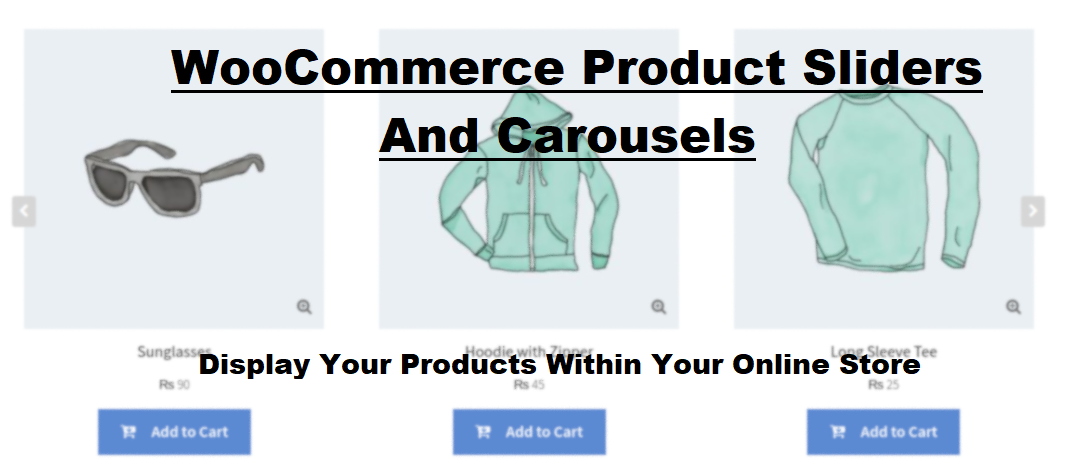Optimizing Video Titles and Descriptions for SEO: Best Practices and Tips
In this digital era where video content rules, understanding how to make your videos stand out is essential. By mastering the art of crafting compelling titles and engaging descriptions, you can boost your video’s search engine rankings, attract more viewers, and maximize your video production efforts. Join us as we explore the best practices and tips to optimize your videos for SEO success. Let’s get started!
Quick Links
Crafting Effective Video Titles:
- Incorporate Relevant Keywords
Research and use appropriate keywords in your video titles to increase discoverability. For example, if you’re creating a recipe video, consider using keywords like “quick and easy recipes” or “delicious dessert ideas” to attract your target audience.
- Keep Titles Concise and Compelling
Capture viewers’ attention with concise and captivating titles that accurately represent the video’s content. For instance, “10 Must-Try AI Writing Tool” or “Top 5 Tips for Video Creation” get straight to the point and entice viewers to click and watch.
- Use Click-Worthy Language
Entice users to click on your video by using action-oriented language. Phrases like “Learn Essential Skills”, “Discover Amazing Tricks”, or “The Ultimate Guide” can pique viewers’ curiosity and compel them to watch.
- A/B Test Titles
Experiment with different titles to determine which ones perform best and drive more clicks. For instance, try variations of your title and analyze the audience response to determine which version resonates the most.
Writing Engaging Video Descriptions:
- Write Informative Descriptions
Provide detailed and accurate descriptions of your video’s content to help search engines understand and rank it better. For instance, a cooking video description could include a summary of the recipe, the key ingredients, and the cooking process to guide the audience effectively.
- Strategically Place Keywords in Descriptions
Include relevant keywords naturally in your descriptions to enhance SEO. For example, if you’re sharing a makeup tutorial, incorporate keywords like “makeup tips”, “beauty techniques”, or “cosmetics tutorial” to boost discoverability.
- Format Descriptions for Readability
Use paragraphs, bullet points, and line breaks to create a well-organized and readable description. This structure enhances the user experience and allows viewers to quickly grasp the video’s key points. For instance, in a fitness video description, you can use bullet points to highlight different workout routines and benefits.
- Incorporate CTAs and Links
Encourage engagement and interaction by including calls-to-action (CTAs) and relevant links. For instance, in a vlog video description, you can add a CTA like “Don’t forget to like and subscribe for more adventures!” and include links to your social media profiles.
Optimizing Video Metadata:
- Choose Eye-Catching Thumbnails
Select visually appealing thumbnail images that captivate users to click on your video. For example, if you’re creating a DIY craft video, use a thumbnail featuring the final craft project to stir viewers’ curiosity.
- Add Closed Captions and Subtitles
Make your videos accessible and improve SEO by including closed captions and subtitles. Not only does this make your content available to a broader audience, but it also improves search engine rankings. For instance, a cooking tutorial video can benefit from subtitles that make the instructions clear to viewers with hearing impairments, while a travel vlog with subtitles enables international viewers to follow along with ease.
- Use Appropriate Tags
Tag your videos with relevant keywords and categories for better visibility in search results. Think about the terms users would likely search for when looking for content similar to yours. For instance, if you’re posting a travel vlog, use tags like “travel vlog”, “adventure travel”, or the names of the locations you visited.
Tailoring Titles and Descriptions for Different Platforms:
- Customize for Platform Demographics
Recognize that each platform attracts a unique audience with distinct preferences and interests. Tailor your titles and descriptions to align with the preferences of each platform’s users. For example, on a professional platform like LinkedIn, use more formal and business-oriented language, while on a visual platform like Instagram, focus on eye-catching and creative titles that resonate with the younger demographic.
- Optimize for Platform Search Algorithms
Understand how each platform’s search algorithm works and optimize your titles and descriptions accordingly. Platforms like YouTube prioritize keywords in titles and descriptions, so include relevant keywords that are commonly searched for by users. On the other hand, platforms like Twitter may require concise and hashtag-optimized titles to improve discoverability.
Conclusion
In conclusion, by embracing these best practices for video titles, descriptions, and metadata, along with tailoring them for different platforms, you can significantly improve your video’s SEO performance and attract a larger and more engaged audience. By incorporating relevant keywords, captivating thumbnails, and strategic CTAs, you can create an impactful presence in the digital realm and maximize the success of your video production. So, seize the opportunity to implement these techniques into action and elevate your video content to new heights of success. Happy video creation!
What Is WooCommerce Product Slider and Why Your Store Needs It
Why Do Product Images Matter So Much in Online Stores? When someone visits an online store the…
0 Comments9 Minutes
How to Streamline Your Customers’ Shopping Experience?
The goal for any online store is to make shopping as smooth as possible. When visitors move…
0 Comments8 Minutes
Strengthening Brand-Customer Relationships Through Gamified Loyalty Programs
Creating lasting connections with customers has become increasingly vital as the marketplace grows…
0 Comments6 Minutes
How to Use SEO and SEA Together in Search Engine Marketing
In digital marketing, search engine marketing (SEM) plays a critical role in improving online…
0 Comments10 Minutes
Content Marketing Growth Hacks: Real Shortcuts to Drive Traffic
Are you still lagging in content marketing? Sticking to these old strategies seems…
0 Comments10 Minutes
How to Build a Strong Local Following Using Social Media Marketing
In the days of likes, shares, and stories, local businesses have a golden opportunity to create…
0 Comments9 Minutes
Why WooCommerce is the Best Choice for Your Online Store?
WooCommerce stands out as a top option for anyone looking to build an online store. This platform…
0 Comments8 Minutes
How to Use AI-Powered SEO Tools for WordPress eCommerce
SEO is a critical factor in the success of any e-commerce WordPress store. As competition…
0 Comments11 Minutes








